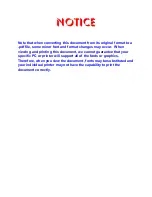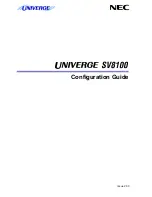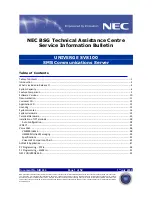
UMN:CLI
User Manual
V8102
348
To modify a policy, use the following command.
Command
Mode
Description
policy
NAME
modify
Global
Modifies a policy, enter a policy name.
9.3.4.7
Attaching a Policy to an Interface
After you configure a rule including the packet classification, policing and rule action, you
should attach a policy to an interface and to specify port or VLAN in which the policy
should be applied. If you do not specify an interface for rule, rule does not work properly.
To attach the policy to this interface for the inbound/outbound packet management, use
the following command.
Command
Mode
Description
service-policy
{
input
|
output
}
NAME
Interface
[XE/GE/GPON
/VLAN/CG]
Attaches the policy to a specified interface for
the inbound/outbound packets.
NAME: name of a previously configured policy
no service-policy
{
input
|
out-
put
}
NAME
Removes the attached policy from interface.
no service-policy all
9.3.5
Displaying Rule
To show a rule profile configured by user, use the follwing command.
Command
Mode
Description
show
flow-profile
Flow
Shows a profile of flow.
show
policer-profile
Policer
Shows a profile of policer.
show policy-profile
Policy
Shows a profile of policy.
To dispaly a certain rule by its name or a specific rule of a certain type, use the following
command.
Command
Mode
Description
show
{
flow
|
class
|
policer
|
policy
} [
NAME
]
Enable
Global
Shows the information relating to each rule, enter a
rule name.
show
{
flow
|
class
|
policer
|
policy
}
detail
[
NAME
]
show running-config
{
flow
|
policer
|
policy
}
All
Shows all configurations of each rule
9.3.6
Admin Rule
For the V8102, it is possible to block a specific service connection like telnet, FTP, ICMP,
etc with an admin rule function.














































